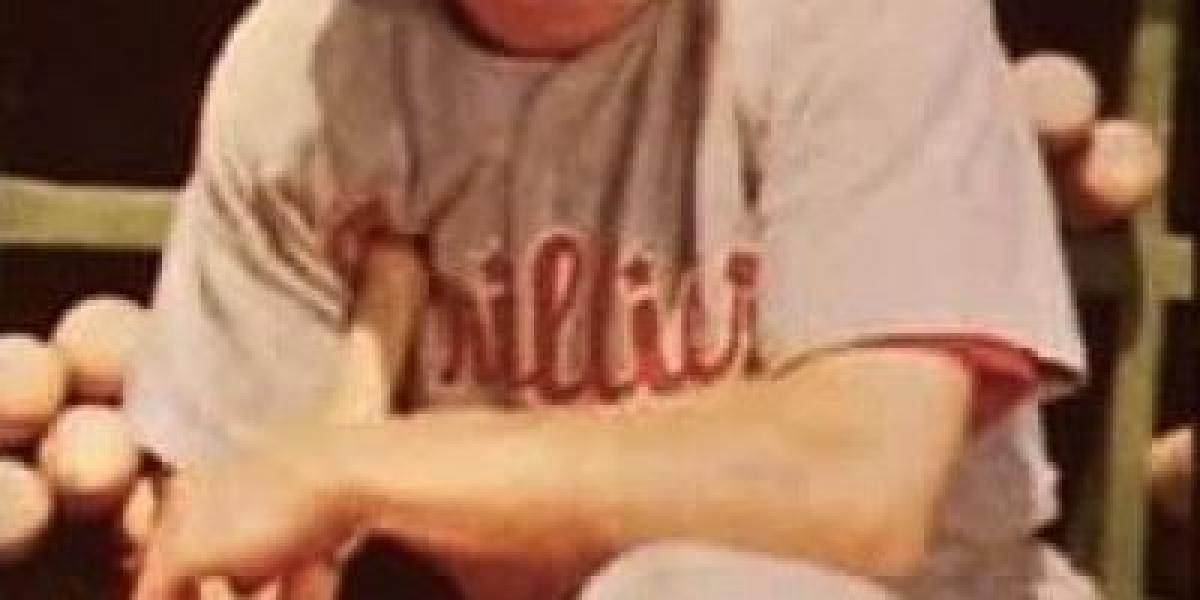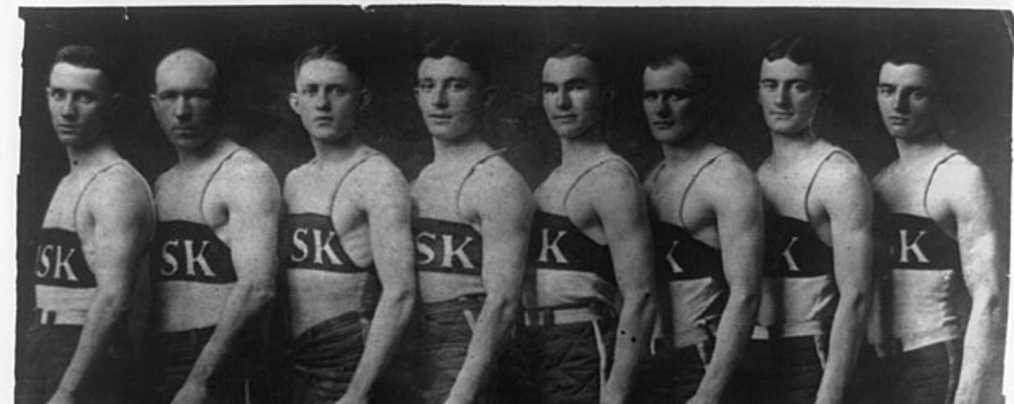Yet, for two decades, his impact on the Philadelphia Phillies and the National League was undeniable. This essay explores the career of Ashburn, a two-time batting champion and a Hall of Fame outfielder who captivated fans with his talent and hustle.
Ashburn's professional journey began in 1948, immediately making a splash as a rookie with the Phillies. His .333 batting average and All-Star selection showcased his exceptional hitting ability and a keen eye at the plate. He wasn't a power hitter, but his consistency and speed on the basepaths made him a constant threat. In 1951, Ashburn led the National League in hits three times throughout his career, a testament to his consistent contact hitting.
Defense was another hallmark of Ashburn's game. He routinely led the league in outfield putouts, displaying a smooth glove and a strong arm in centerfield. His baseball IQ and instincts made him a valuable asset in the Phillies' defensive scheme.
Despite his talent, Ashburn's tenure with the Phillies wasn't without challenges. The team struggled to achieve consistent success, and in 1960, he was traded to the Chicago Cubs. Though many saw it as the end of his prime, Ashburn rebounded with several productive seasons with the Cubs and later, the New York Mets.
Ashburn also played the positions of Left Fielder, Right Fielder, and Second Baseman wearing the Number 1 on the Philadelphia Phillies (1948-59), Chicago Cubs (1960-61), and New York Mets (1962). He is considered one of the top MLB players to have worn the Number 1 Jersey.





